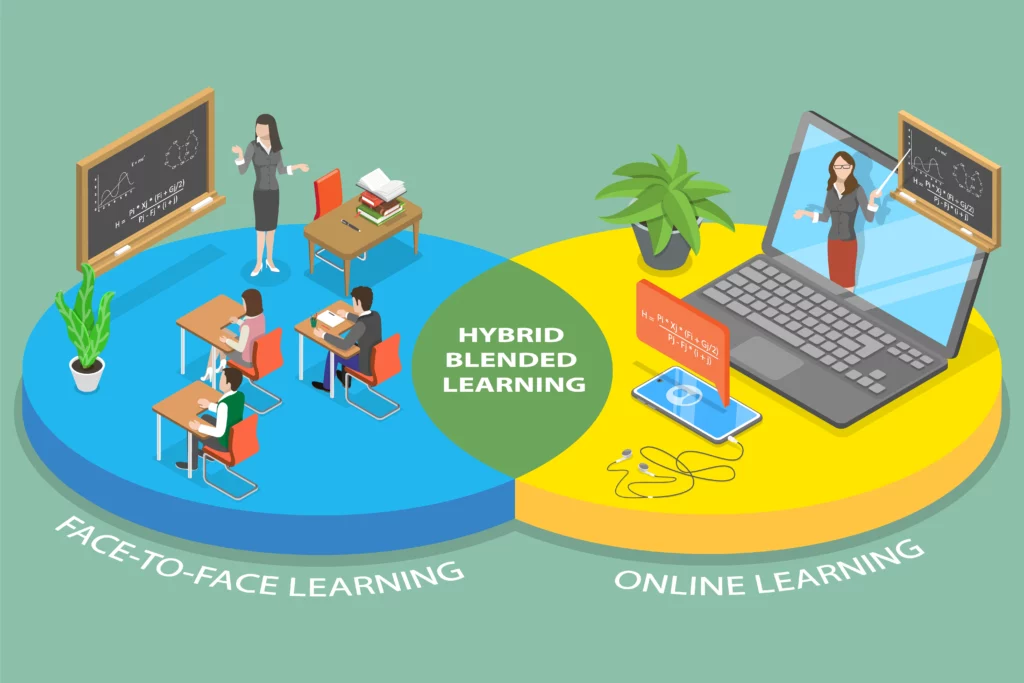When I enrolled in EC&I 834, I had a basic understanding of digital tools from my own learning experiences—but I had never ventured into the world of designing online or blended learning experiences myself. As someone who works closely with young children, I often wondered: Can digital learning engage younger pupils meaningfully? Today, after completing this course, I can say with confidence—yes, it absolutely can!
Throughout the term, EC&I 834 pushed me to think beyond traditional classroom practices. I was introduced to frameworks like ADDIE which helped me design learning with intentional structure and clear outcomes. More than just theory, I had the chance to dive into practical tools like Lumi and H5P, which brought interactivity and creativity into my course prototype.
One of the most rewarding parts of this course was building a Grade 3 Science module. I used Canvas to design a visually engaging and age-appropriate course that prioritized simplicity and accessibility. Integrating interactive elements like quizzes, drag-and-drop activities, and videos allowed me to create a more dynamic experience for pupils—especially those learning English or navigating bandwidth challenges at home.
We want to pay particular attention to how we use Discord. It evolved into a support hub where helpful conversations occurred outside of the scheduled classroom, inquiries were promptly answered, and resources were freely distributed. Sometimes I was able to solve my problems just by reading what other individuals had posted. It acted as a reminder that community and connection can still be fostered through online education with proper design.
Upon reflection of this incident, a number of noteworthy points emerge:
- In addition to technology, inclusive practices, student-centered approaches, and thoughtful design are all important components of effective online learning.
- Equity and accessibility are very important. It is crucial to design with all learners in mind; it is not an option.
- Online community creation is both feasible and effective. From reviews from peers to informal
- Accessibility and equity matter deeply. It is essential that all learners be considered while designing. • Online community development is both feasible and effective. These exchanges, which included everything from informal conversations to peer reviews, enhanced my educational experience.
In the future, I can’t wait to apply this new understanding to my ongoing student work. I want to hone my abilities in producing interesting and accessible information and keep learning more about Universal Design for Learning. My love for creating helpful digital learning environments has grown as a result of this learning.
Many thanks to all those who have shared in our trip! I’m happy of what we’ve all achieved and excited to watch how we develop as teachers going forward.
Check out my final summary video here
Let’s continue to develop, communicate, and produce together. I wish you all the very best!


 In my professional journey, I have used blended learning and technology to support my students’ learning. Looking back at my experiences and the readings, I can see how the challenges and opportunities match what experts have shared.
In my professional journey, I have used blended learning and technology to support my students’ learning. Looking back at my experiences and the readings, I can see how the challenges and opportunities match what experts have shared.